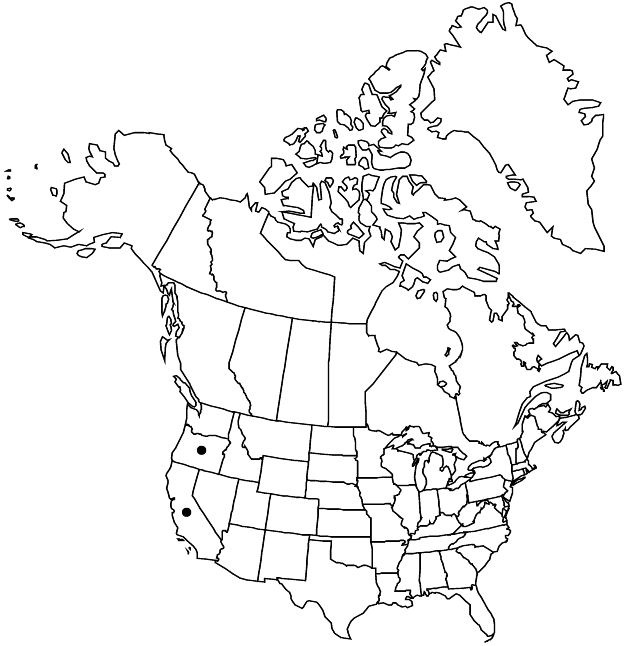Difference between revisions of "Viola lobata"
Pl. Hartw., 298. 1849.
FNA>Volume Importer |
FNA>Volume Importer |
||
| Line 9: | Line 9: | ||
|special_status={{Treatment/ID/Special_status | |special_status={{Treatment/ID/Special_status | ||
|code=F | |code=F | ||
| − | |label= | + | |label=Illustrated |
}} | }} | ||
|basionyms= | |basionyms= | ||
| Line 48: | Line 48: | ||
-->{{#Taxon: | -->{{#Taxon: | ||
name=Viola lobata | name=Viola lobata | ||
| − | |||
|authority=Bentham | |authority=Bentham | ||
|rank=species | |rank=species | ||
| Line 59: | Line 58: | ||
|publication title=Pl. Hartw., | |publication title=Pl. Hartw., | ||
|publication year=1849 | |publication year=1849 | ||
| − | |special status= | + | |special status=Illustrated |
| − | |source xml=https://jpend@bitbucket.org/aafc-mbb/fna-data-curation.git/src/ | + | |source xml=https://jpend@bitbucket.org/aafc-mbb/fna-data-curation.git/src/f50eec43f223ca0e34566be0b046453a0960e173/coarse_grained_fna_xml/V6/V6_232.xml |
|genus=Viola | |genus=Viola | ||
|species=Viola lobata | |species=Viola lobata | ||
Revision as of 22:03, 16 December 2019
Plants perennial, caulescent, not stoloniferous, 5–46 cm. Stems 1–3, erect, leafless proximally, leafy distally, glabrous or puberulent, from subligneous rhizome. Leaves basal and cauline; basal: 0–2, unlobed or palmately 3–11-lobed; stipules ovate to lanceolate, margins ± entire or serrate, apex acute; petiole 5–27 cm, glabrous or puberulent; blade sometimes glaucous, deltate to reniform, 3.5–8.5 × 4.5–13.5 cm, base cordate, truncate, or attenuate, margins on unlobed leaves coarsely dentate-serrate, margins on lobed leaves usually entire, sometimes few-toothed, ciliate (sometimes only proximal 1/2) or eciliate, apex acute to obtuse, mucronulate, surfaces glabrous or puberulent; cauline similar to basal except: distal on naked stems, unlobed and divided leaves can occur on same plant, if divided, palmately 3–12-lobed; stipules sometimes large and ± leaflike, margins entire, lacerate, or laciniate, sometimes with gland-tipped projections, apex acute to acuminate; petiole 0.2–8.8 cm; blade reniform to reniform-cordate, ± ovate, deltate, or rhombic, 1.5–5.5 × 1.4–10 cm, base cordate, subcordate, truncate, or attenuate, margins entire, crenate-serrate, or dentate, or coarsely lacerate to deeply serrate, often entire distally, ciliate or rarely eciliate, apex acute to obtuse, often long-tapered, mucronulate. Peduncles 2–13 cm, glabrous or pubescent. Flowers: sepals lanceolate, margins ciliate or eciliate, auricles 0.1–1 mm; petals deep lemon-yellow adaxially, usually upper 2 and sometimes lateral 2 brownish purple abaxially, lower 3 and sometimes upper 2 brownish purple-veined basally, lateral 2 bearded, lowest 8–19 mm, spur yellow to greenish, gibbous, 0.5–2 mm; style head bearded; cleistogamous flowers axillary. Capsules ellipsoid-ovoid, 6–16 mm, glabrous. Seeds light brown, blotched or streaked with brown, shiny, 2.1–2.7 mm. 2n = 12.
Distribution

w United States, nw Mexico.
Discussion
Varieties 2 (2 in the flora).
V. B. Baird (1942) noted that Viola lobata was more closely related to V. tripartita than to any western Viola.
Selected References
None.
Key
| 1 | Cauline leaf blades usually deeply divided, seldom unlobed, reniform, ± ovate, or deltate, if divided, palmately 3–12-lobed, lobe margins usually entire. | Viola lobata var. lobata |
| 1 | Cauline leaf blades unlobed, deltate to rhombic, ovate, or reniform-cordate, margins ± serrate, crenate-serrate, or dentate to deeply serrate or coarsely lacerate, often entire distally. | Viola lobata var. integrifolia |